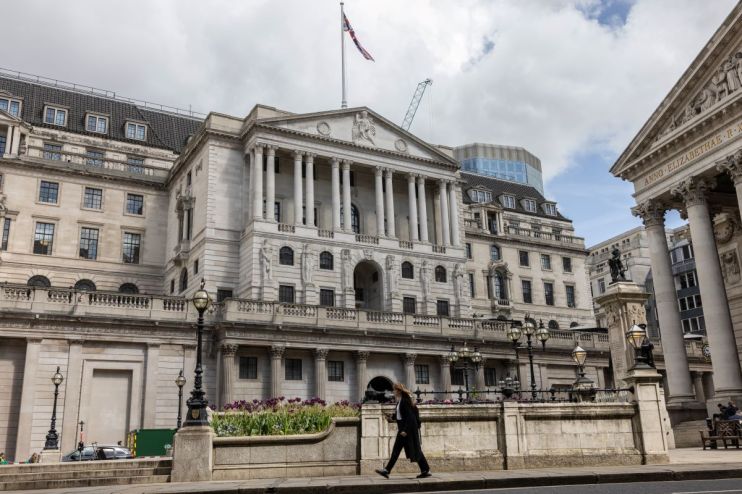Bank of England seeks more ammunition to deal with financial instability after LDI crisis

The Bank of England is in the process of designing lending tools that allow it to give directly to insurance firms and pension funds, after the near-death experience of the Liability-Driven Investment (LDI) crisis in 2022.
In a speech in London, Andrew Hauser, executive director for markets, said the Bank was working on facilities that would enable it to better respond to financial problems in the market-based finance sector, also known as non-bank financial institutions (NBFIs).
He confirmed the Bank was developing lending tools to “help underpin financial stability during periods of exceptional liquidity stress, channelling liquidity directly to resilient NBFIs when capacity constraints prevent banks from lending in sufficient size.”
Citing the examples of the dash for cash in 2020 and the LDI crisis a year ago, Hauser said “it is impossible to argue that market-based finance cannot threaten stability”.
On both occasions, financial institutions dumped assets, many of which were safe, in search of cash that would enable them to meet margin calls.
In the LDI case, this turned into a fire sale of gilts, where the plunging value of gilts forced firms to sell more gilts to meet margin calls, sending gilt prices ever lower.
“Urgent policy intervention was required to prevent a self-reinforcing downward price spiral in government bond prices causing unwarranted tightening of financing conditions and credit supply to households and businesses,” Hauser said.
But Hauser pointed out the interventions were indirect. The Bank of England could only provide liquidity to traditional banks, who could then lend it on, or hoover up distressed assets in an attempt to calm the market.
There is no facility which allows the central bank to funnel liquidity directly into firms like pension funds and insurance firms.
“It is unrealistic for the private sector to self-insure against the most severe system-wide liquidity shocks: in such cases, safeguarding financial stability requires an effective public backstop,” he said.
NBFIs, sometimes known as shadow banks, have played an increasingly important part in the financial sector since the financial crisis.
Globally, assets in NBFIs have increased to $68tn from about $30trn in the immediate aftermath of the financial crisis, representing 14 per cent of global assets.